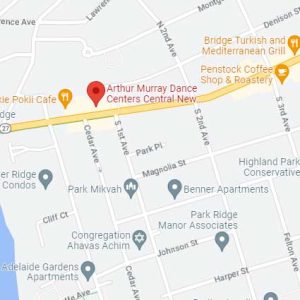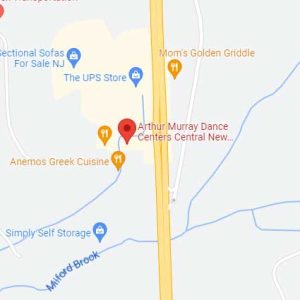Ever watch your favorite dance show and wonder what exactly makes one dance different from the next? There are two general categories of dance in the ballroom world; smooth dances vs rhythm dances. Save the long gowns and mini skirts, one of the main differences between the two is how dancers use their feet.
Footwork is one of the most important skills dancers can have. But before we get to the feet, just what is a rhythm or a smooth dance?
Smooth dances are what you may imagine princesses do at a big ball. They’re the traditional “ballroom” dances, i.e. your waltzes, tangos, and foxtrots. Those dances moves around the room so much that dancers sometimes look like they’re flying.
Rhythm dances are the ones that get a little bit more down and dirty. You’ll see rhythm dances at the club, depending on what kind of club you go to. If you go to a Latin club, you’ll see salsa, merengue, bachata, but if you’re more into disco music or rock n’ roll you’ll probably see more hustle and swing. The “ballroom” world also has dances like rumba and cha cha. The focus of rhythm dances is on body action, or how many rhythms you can dance within the body — i.e. shaking those hips Shakira style.
If the purpose of a smooth dance is to travel and the purpose of a rhythm dance is to discover body expression, how does footwork get us there?
Think about walking down the sidewalk. When we walk, we naturally take our strides landing with our heels first then rolling onto the rest of our foot. This creates a longer stride than if we were to scooch down the sidewalk on our toes. By rolling onto the foot, we can get father in fewer steps. Smooth dancers need to roll onto their heels to create the movement that helps them progress around the room.
Rhythm dancers, who need to create as much movement within the body as possible, use their toes first. Using the foot toe to heel focuses a dancer’s energy into the floor and up the body. Kind of like throwing a pebble into a pond, connecting the front of the foot to the floor first creates a ripple effect that travels throughout the body.
You can always tell the mark of a good dancer by how precisely they move their feet!
Interested in learning more? More info here.
Written by Jindalae Suh for Arthur Murray Central New Jersey













